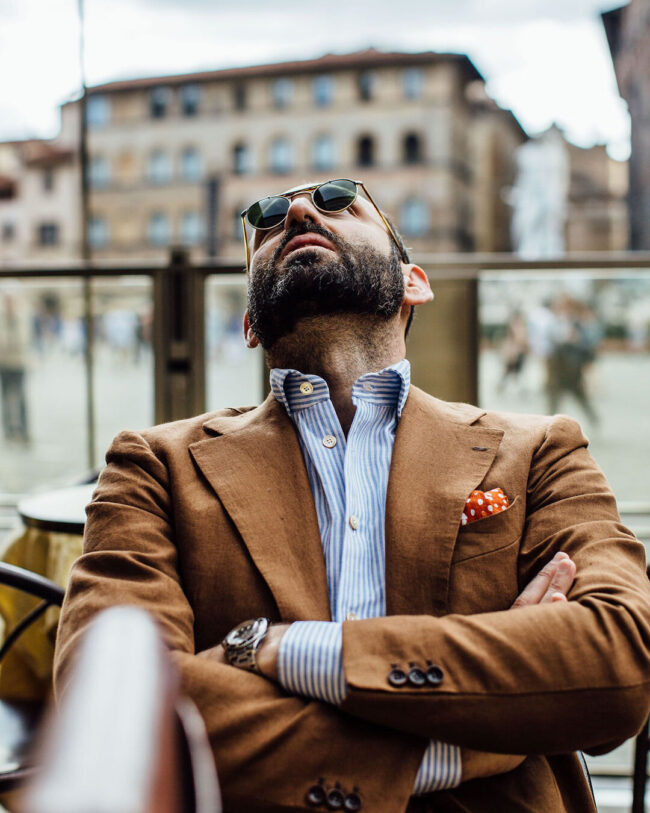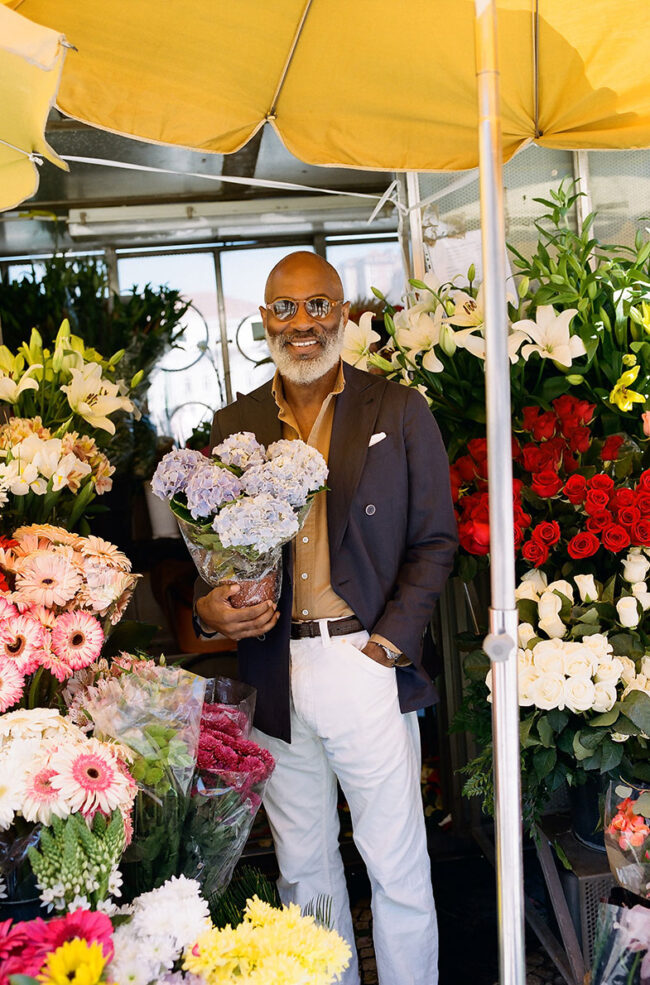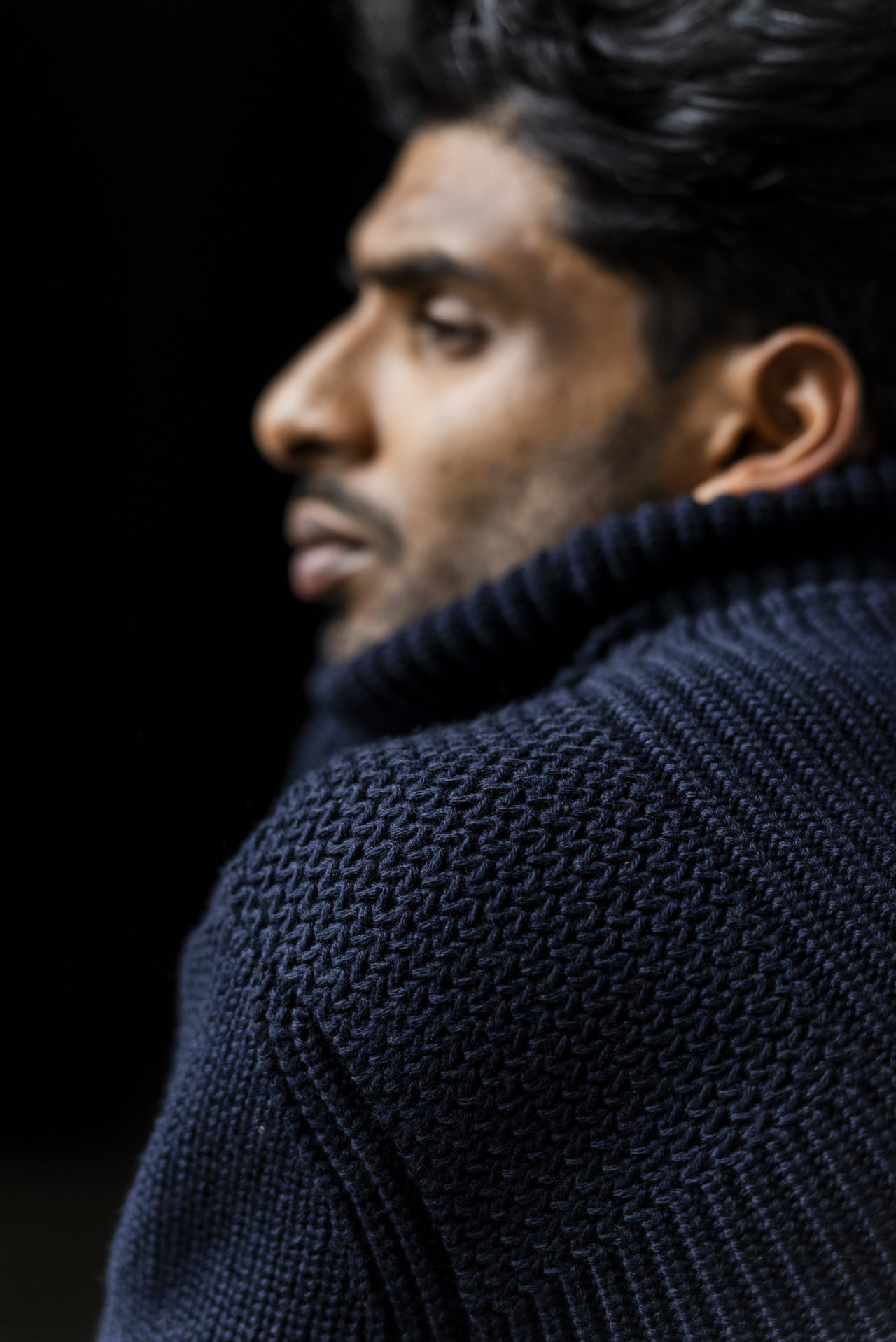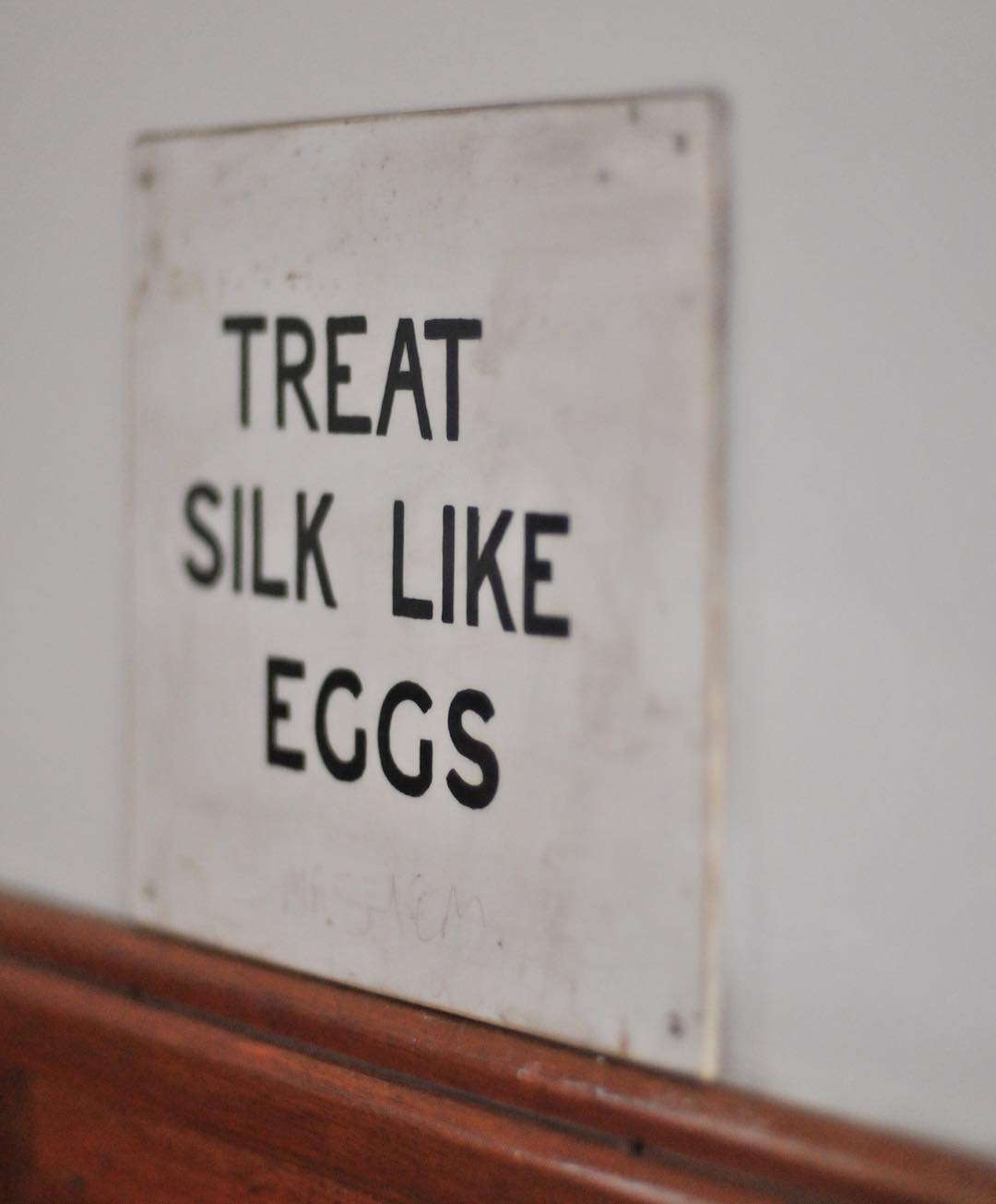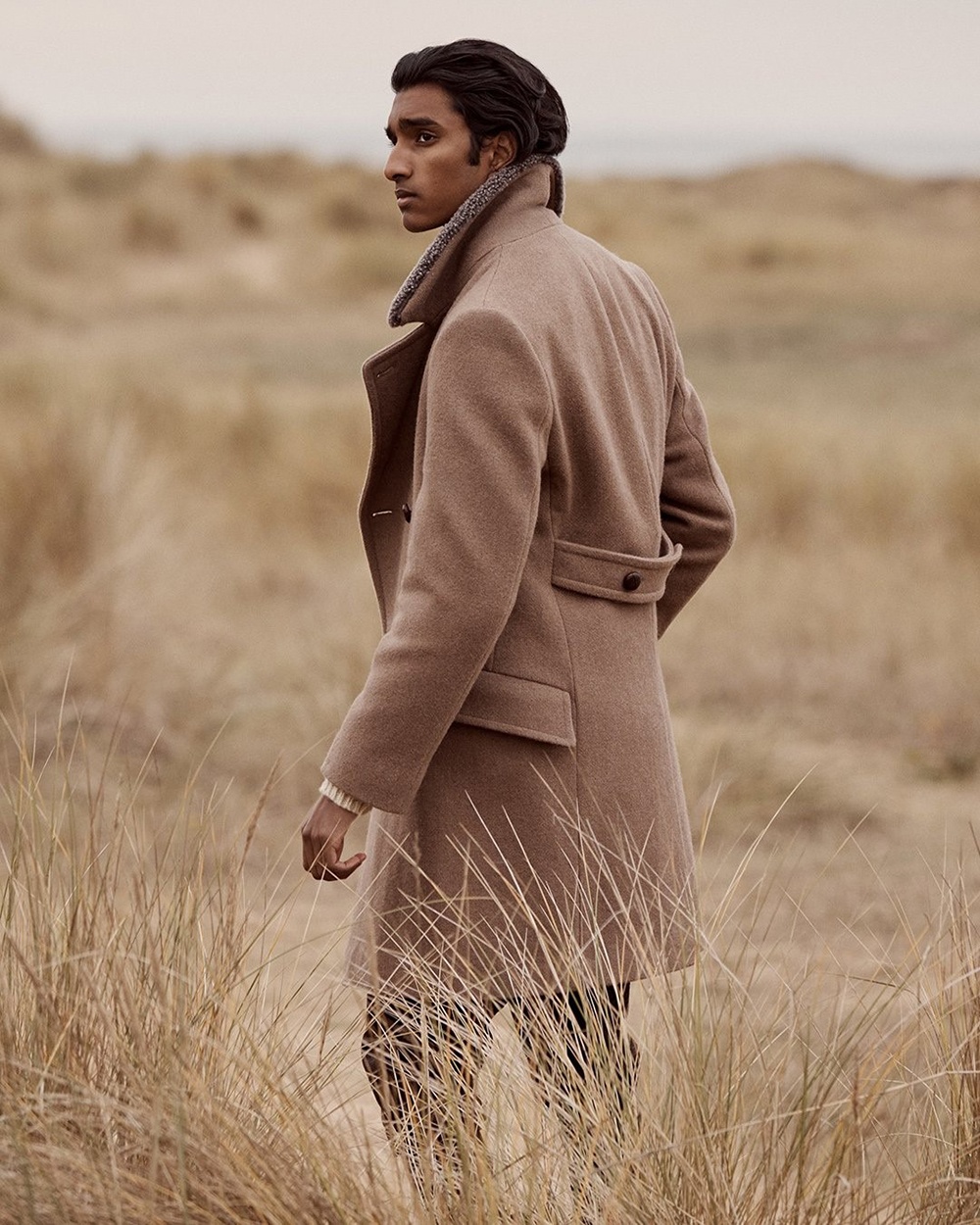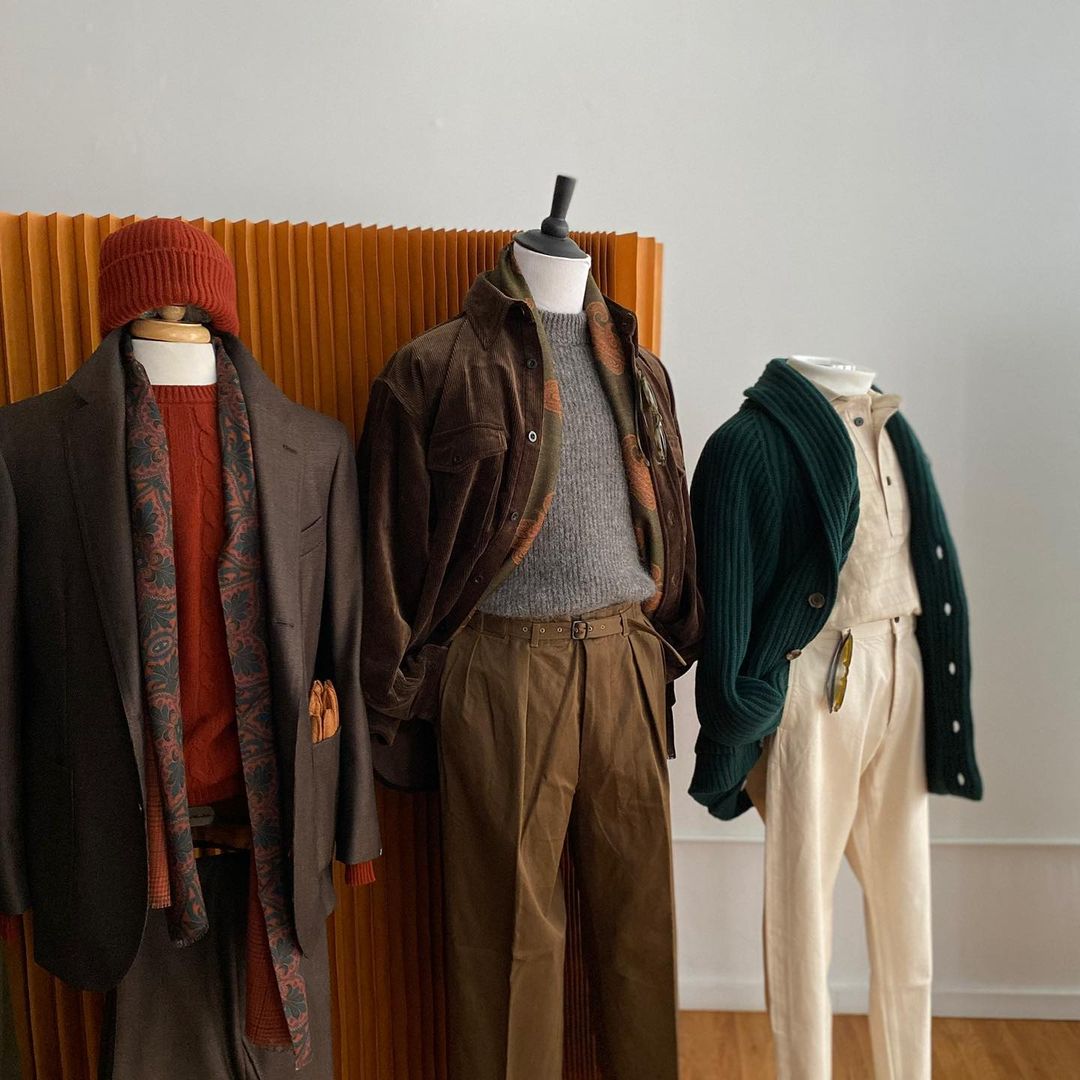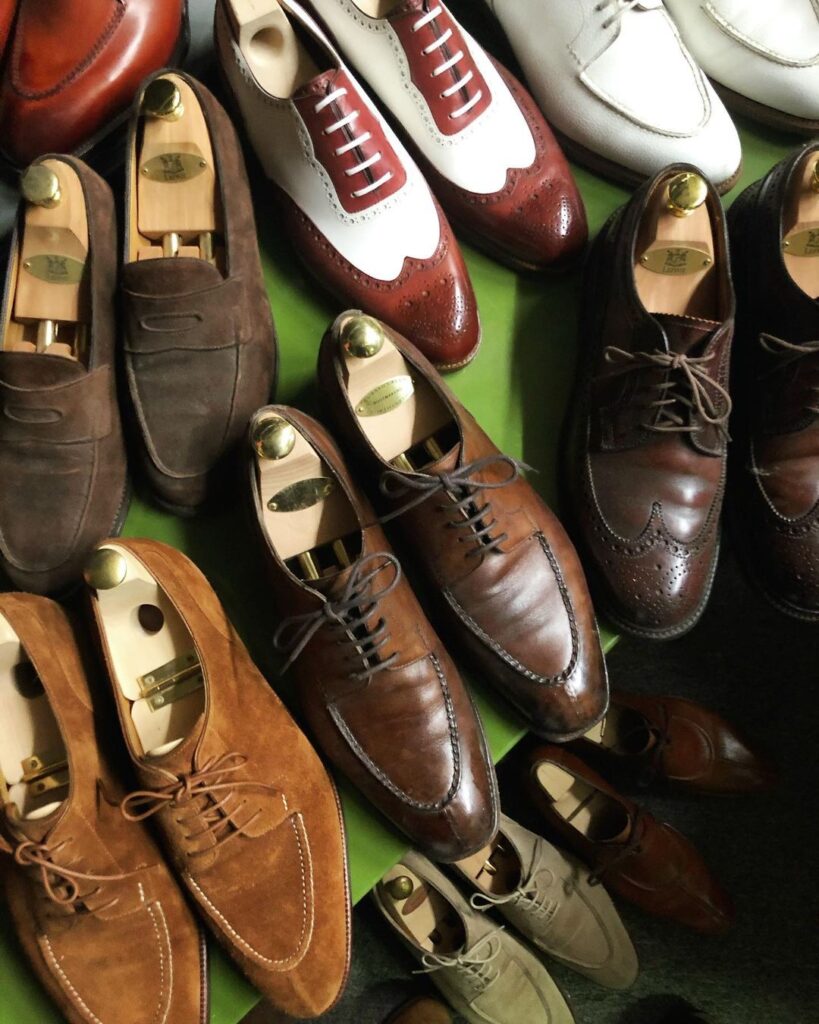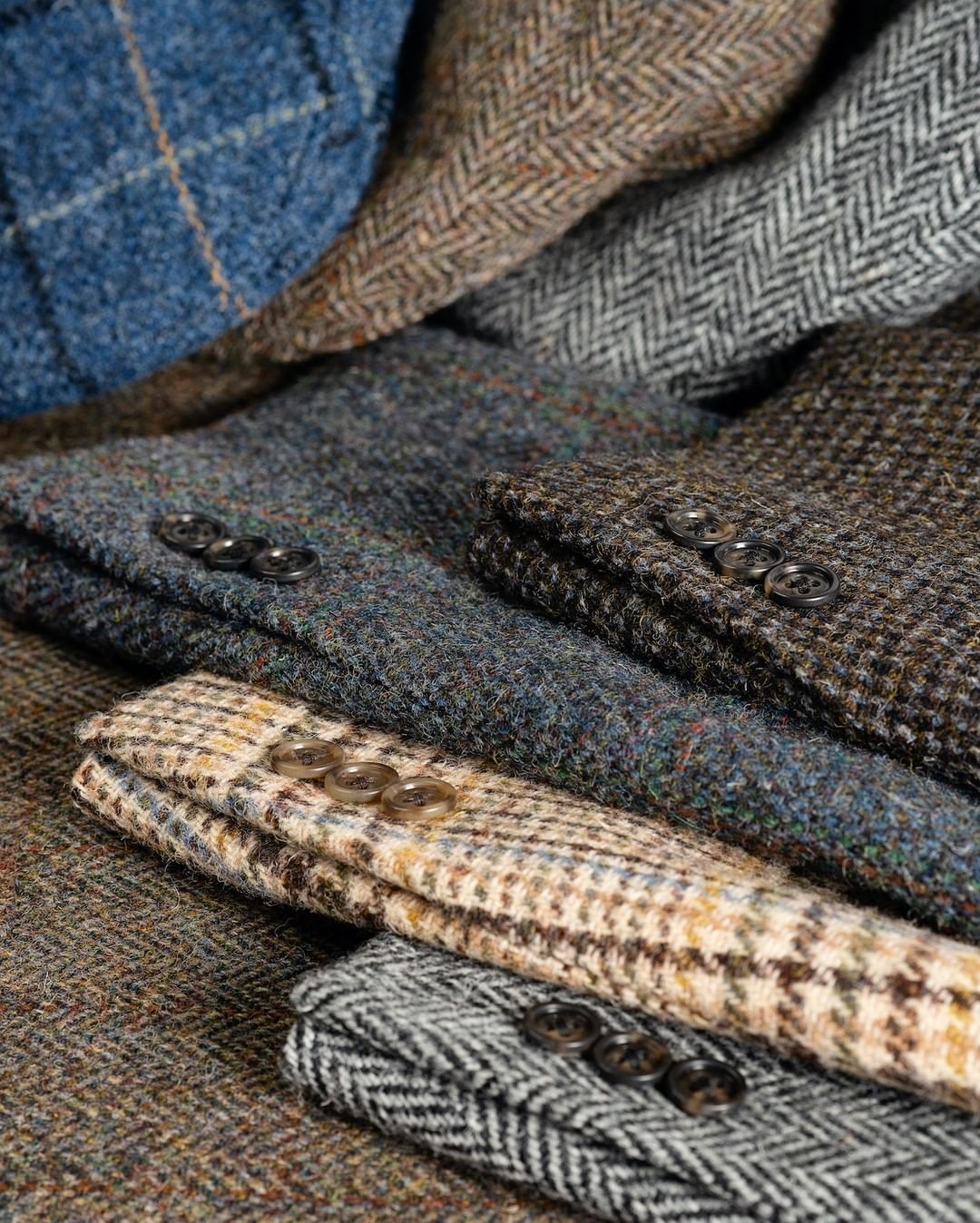
In the social science literature, the term "critical juncture" is used to describe a moment when significant changes can occur rapidly, knocking institutions and culture onto a new developmental course. In the last year, many have debated whether the coronavirus pandemic is such a moment. Is remote work morphing into a more permanent reality? Will we be wearing coffee stained t-shirts and elasticated pajama bottoms forever? Are we witnessing the death of hype culture and the emergence of a more thoughtful fashion consumer? In a recent New York Times interview, Raf Simons expressed skepticism over whether liberal market economies can be permanently bent and reshaped. "The one lesson I think fashion will not learn from this, which is the one it should learn, if I am brutally honest, is that it should be less greedy," he said. "It became too much this economic machine. For the majority, the first desire is economic growth. […] And you can't do that with only one or two collections a year."
It's been one year since the first case of coronavirus was reported in the United States. Since then, some things have changed, although their permanence is yet to be determined. After J. Crew filed for Chapter 11 protection in May of last year, other corporate giants toppled like dominoes — Neiman Marcus, Brooks Brothers, J.C Penney, Men's Wearhouse, Aldos, and John Varvatos among them. That has sent shockwaves throughout the global supply chain, affecting heritage producers such as Vanners Silk Weavers. The Gap and H&M, two mainstays in high-street retailing, announced plans to shutter hundreds of stores in this coming year. And for every one of these headlines about big industry names, countless small businesses don't get nearly enough attention. Last year, New York City lost over 500 small businesses alone. The Partnership for New York City, an influential business group, estimates that about a third of the city's 240,000 small businesses "may not make it to see the post-vaccine promised land."
Last December, as the year was drawing to a close, I wondered "what are some of the year's most defining themes?" (Yes, this is a "year in review" post, which comes a month late, but please cut me some slack, as I've been dealing with a pandemic, a recession, and an insurrection.) Some of the things that have transpired were many years in the making, just accelerated and taken to the extreme. The Casual Friday movement that started in the 1990s has now ended with all of us in sweatsuits and t-shirts. The decline of suburban malls, department stores, and other general merchandise stores has morphed into a total brick-and-mortar meltdown, threatening to reshape the American landscape. Online shopping is at an all-time high, which has created a new demand for shipping supplies. Environmentalists are now bracing themselves for all the corrugated containers, plastic packaging, shrink wrap, bouncy air pillows, and bubble mailers that will wind up in our landfills, incinerators, and natural environment. To be sure, these are the real themes of last year. But along with these very obvious concerns, what else defined fashion in 2020?
Keep reading
